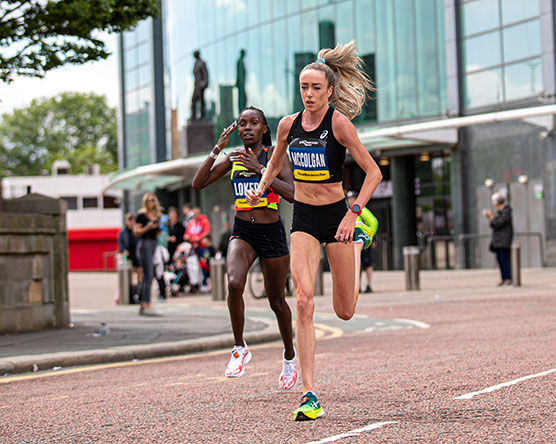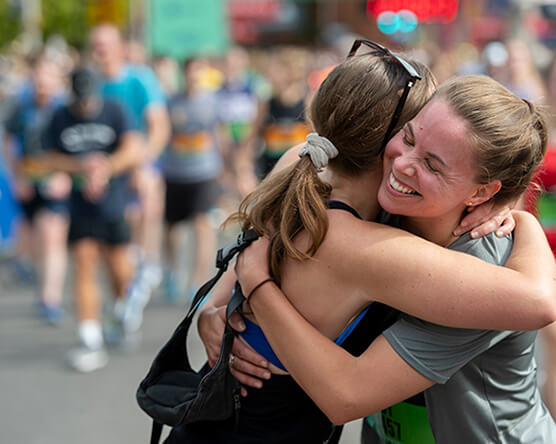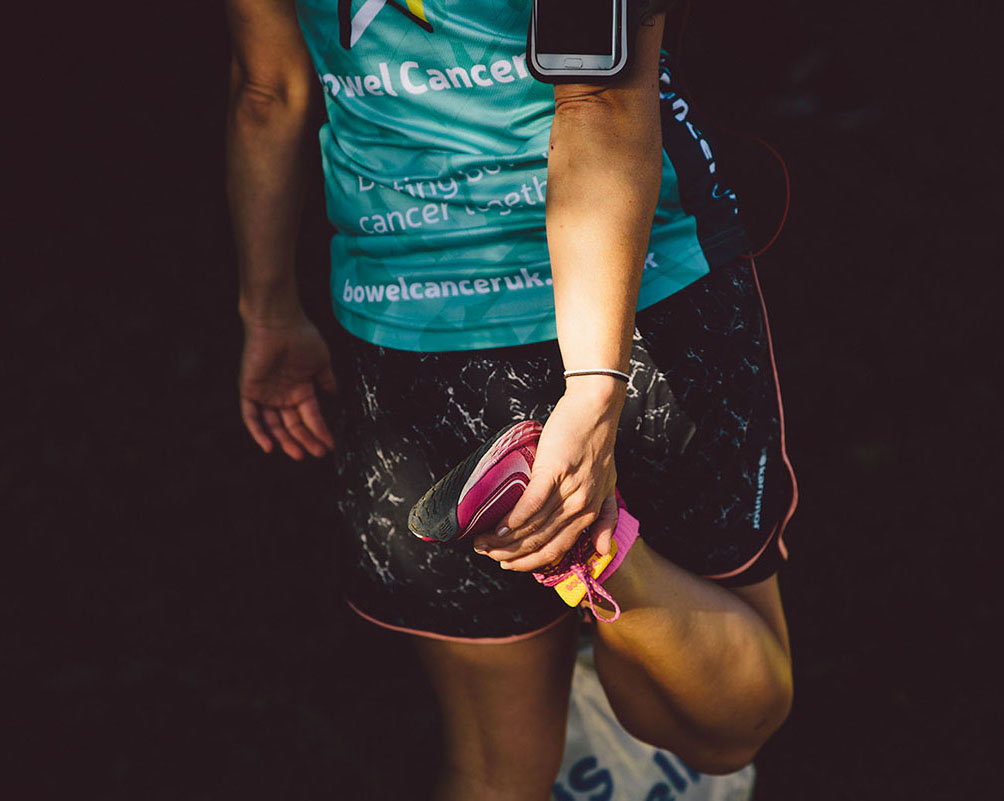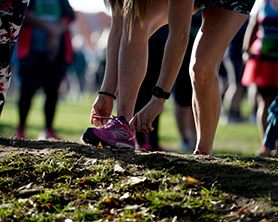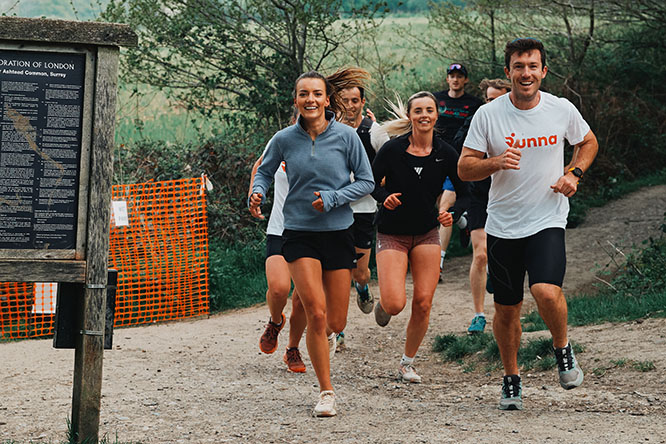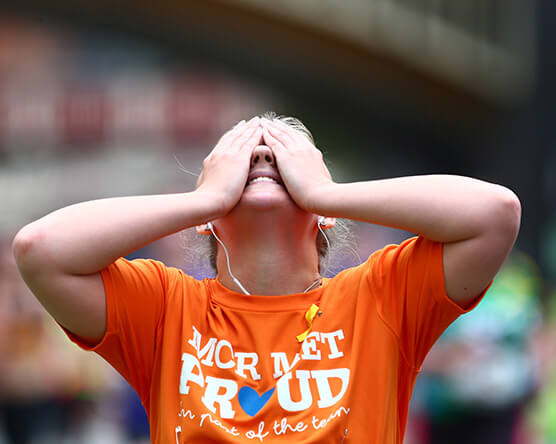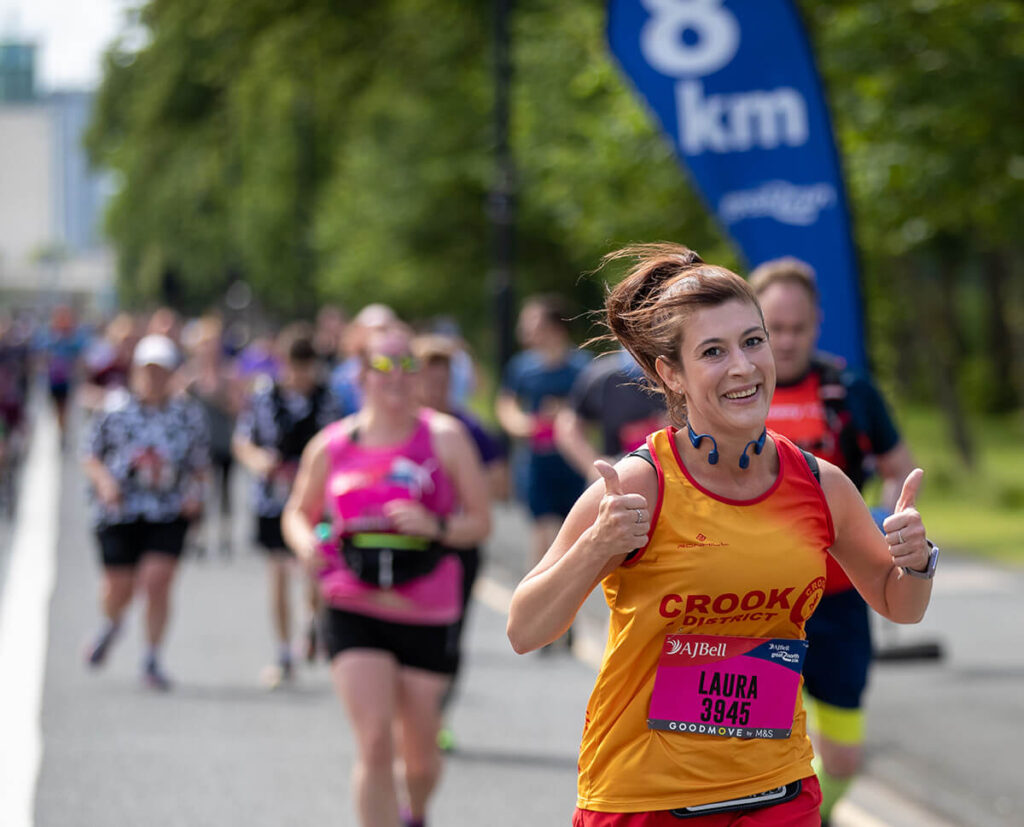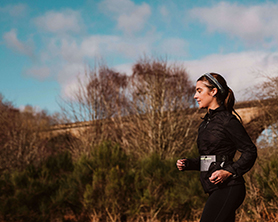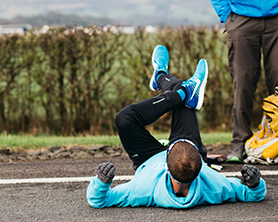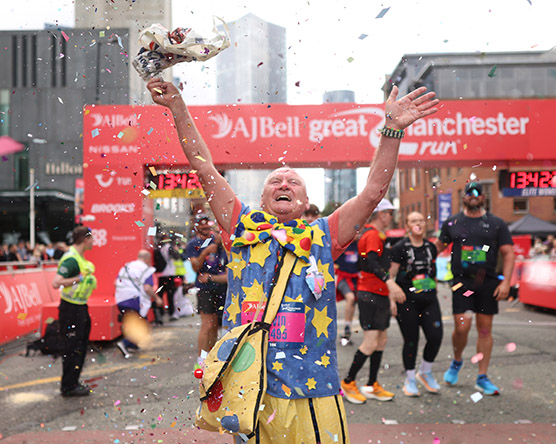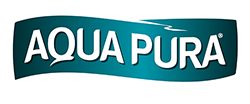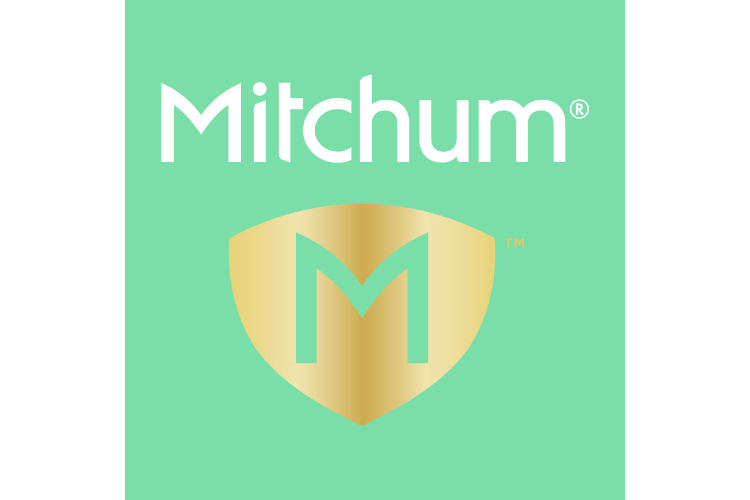What *are* carbohydrates anyway?
Carbohydrates are a type of macronutrient found in lots of foods. Once they’re digested, the body turns carbs into blood glucose and uses them for energy, or stores them in the muscles and liver as glycogen.
What does that mean for runners?
Well, for runners, carbohydrates are great news. Carbs are essentially your own personal energy source, helping you power through up to 90 minutes of running.
You mentioned glucose – isn’t that sugar? Is that good for running?
It’s true that foods that are high in sugar or simple carbohydrates – so sweets and sugary drinks, but also white bread, cake, white rice, mashed potatoes and so on – give you a quick energy boost.
However, that fast release is followed by an energy dip, making you feel lethargic and making longer runs difficult. Plus, they play havoc with your blood sugar levels, so it’s a good idea to minimise them if you can.
Mashed potatoes? I thought potatoes were healthy!
The best potatoes for runners are boiled, unpeeled new potatoes. Once you start mashing, chipping or baking them, their GI goes up and up – not so good for slow and sustained energy release.
What kind of carbs should I be eating then?
Low to medium-GI carbs which provide longer-lasting energy and lots of other nutrients are best for your everyday training diet.
So that’s…pasta, right?
Pasta is a great option for athletes: it’s low GI, low in fat and extremely high in carbohydrate. Wholewheat pasta is more nutritious as it contains more fibre, minerals and B vitamins than white pasta.
But there’s a lot more to carbs than pasta!
Like what?
Well, sticking with the healthy, slow energy release theme, you could try lentils and pulses, long-grain rice, unrefined oats for pancakes or porridge or fruit and starchy vegetables.
You could also experiment with couscous, bulgar wheat and freekah – all delicious, healthy and a great source of slow-release energy.
And if I have food intolerances or allergies?
Polenta and quinoa are gluten and wheat free. Quinoa is also a complete protein source and both are low in fat – again, great news for runners.
It all sounds very healthy…
Well, that’s because it is. But that doesn’t mean you can’t have the odd treat or slice of cake – you definitely can.
And high GI carbs – the fast-release, less wholesome carbs – are great for refueling and recovering *after* your run – check out our blog post here for more information and recipes.
When should I be eating carbs?
Aim to have some slow-release carbs 2-3 hours before your run. Fast release carbs are good for during a long run or immediately afterward to help you recover – again, find out more in our Recovery Nutrition blog.
Got any interesting pasta recipes?
Funny you should ask – yes, we do. Two quick, fresh and tasty pasta recipes coming right up!
Summer Pappardelle with courgette ribbons, mint, lemon and ricotta
Serves 4
Did you know? Pappardelle comes from an Italian word meaning ‘to gobble up’, and that’s definitely what you’ll be doing with this delicious dish!
Ingredients:
- 400g fresh pappardelle or fresh lasagne sheets cut into strips
- 2 courgettes
- 25g pack of fresh mint, leaves only, chopped finely
- Zest and juice of 1 unwaxed lemon
- 250g tub of ricotta cheese
- 2 tbsp extra virgin olive oil
- Sea salt and plenty of freshly ground black pepper
Method:
- First make your courgette ribbons. Cut the ends off each courgette, then use a potato peeler or sharp knife to shave off very thin slices – mind your fingers!
- Combine the mint (keep a little back for decoration), lemon zest, olive oil and half of the lemon juice in a small bowl.
- Scoop out small spoonfuls of the ricotta onto a small plate.
- Bring a large saucepan of salted water to the boil. Add the pasta and cook according topack instructions (fresh pasta usually only takes a couple of minutes). When the pasta is almost cooked, add the courgettes.
- Drain the pasta and courgettes, saving a tablespoon of the cooking water to prevent the pasta from sticking.
- Transfer to a large dish, add the lemony olive oil mixture and toss to combine.
- Add the ricotta, sprinkle with more mint, freshly ground black pepper and extra lemon juice according to taste and serve immediately.
Prawn spaghetti with tomato, rocket, lemon and basil
Serves 1
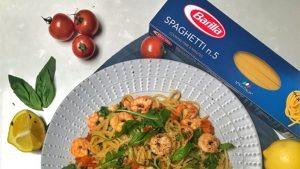
Did you know?
Prawns count as one of the two portions of fish a week recommended by the NHS (the other should be an oily fish) and are a great source of vitamins B12 and E.
Ingredients:
100g spaghetti
2 tbs extra virgin olive oil
1 clove garlic sliced
Large handful cherry tomatoes halved
Black pepper to season
100g raw prawns
Handful rocket leaves
Juice and zest of 1/2 lemon
Small bunch of basil
Method:
- Bring a saucepan of salted water to a gentle boil so that it will be ready to cook the pasta later. Meanwhile, heat the oil in a large frying pan.
- Fry the garlic for 2 minutes being careful not to let it burn.
- Add the tomatoes, season with black pepper and cover with a lid. Cook on a medium heat for 10 minutes, stirring from time to time.
- Place the pasta into the saucepan of salted boiling water and cook for 6 minutes, then drain and set aside saving a little of the water (6 minutes may not sound like a long time, but the pasta will finish cooking when added to the sauce later – promise!)
- When the tomatoes have had 10 minutes add the prawns, give it a stir and cook until they begin to turn pink then add the pasta with a splash of the cooking water. Give it all a good toss together so that the pasta is well coated in the sauce.
- Cook everything for a further 2 minutes then add the rocket, lemon juice, zest, and basil. Give it one last toss and serve.
Image credit: Tamara Malaniy on Unsplash



